Understanding Menstruum: The Key to Effective Herbal Extractions
Today, we’re taking a delightful step back to the basics! As you journey through the enchanting world of herbalism, you might stumble upon the curious term "menstruum." But what, you might wonder, is this magical-sounding word, and why is it so pivotal in crafting potent herbal concoctions? Let's explore this fundamental concept in herbal extraction and uncover the secrets of this essential element in the realm of natural remedies.
What is a Menstruum?
herbal extractions
In herbalism, a menstruum is the solvent used to extract the medicinal properties from plants. Basically, it is the liquid that forms the base for your herbal extracts. The term "menstruum" originates from the Latin word "menstruus," meaning "monthly," as it historically refers to the period of time during which the extraction process occurs. The menstruum acts as a medium that absorbs and carries the beneficial compounds from the plant material, allowing you to create potent and effective herbal remedies.
The Role of Menstruum in Herbal Extractions
The choice of menstruum significantly influences the type and concentration of compounds extracted from the plant. Different solvents have varying abilities to dissolve and extract specific plant constituents, such as alkaloids, glycosides, flavonoids, and essential oils. A water-based solvent, like vinegar or water, is able to extract water-soluble compounds, while oils are able to dissolve oil-soluble ones. Alcohol is unique in its ability to dissolve both oil and water-soluble compounds! The right menstruum ensures that you capture the desired medicinal properties of the herb and create a preparation that meets your needs.
Common Types of Menstruum
Several types of menstruum are commonly used in herbalism, each with its unique properties and benefits:
1. Water
Water is the most accessible and widely used menstruum, perfect for making herbal brews (infusions and decoctions). It is a gentle solvent suitable for extracting water-soluble compounds like vitamins, minerals, and polysaccharides. Water-based extractions are ideal for children and those who prefer mild preparations.
2. Alcohol
Alcohol, especially high-proof alcohol like vodka or grain alcohol, is a powerful menstruum used to create tinctures. Alcohol is excellent at extracting a broad range of plant constituents, including alkaloids, glycosides, and essential oils. It also acts as a preservative, extending the shelf life of the extract. As long as the alcohol concentration of a tincture is over 20%, it will remain preserved for years to come!
3. Vinegar
Vinegar, particularly apple cider vinegar, is an effective menstruum for those who prefer alcohol-free extractions. It is good at extracting minerals and some vitamins and offers additional health benefits from the vinegar itself. Vinegar-based extracts are often used in culinary preparations. If you are a Kitchen Witch, vinegar extracts may become your best friend! These extracts also form the basis for oxymels, or vinegar and honey tonics.
4. Oil
Oils, such as olive oil, coconut oil, and grapeseed oil, are used to create herbal oil infusions. These infusions are excellent for topical applications, as they extract fat-soluble compounds like essential oils and resins. Herbal oils are commonly used in skincare products, salves, and massage oils. These just happen to be some of my favorite herbal extracts! I use them in all of my skincare products.
Choosing the Right Menstruum
Selecting the appropriate menstruum depends on the type of herb you're using and the desired outcome of your extraction. Consider the following factors when choosing a menstruum:
Solubility: Determine which compounds you want to extract and choose a solvent that effectively dissolves those compounds.
Purpose: Consider how you intend to use the extract—internally or externally—and select a menstruum that aligns with your application.
Preference: Personal preference and any dietary or lifestyle restrictions (e.g., avoiding alcohol) can influence your choice of menstruum.
How to Prepare an Herbal Extraction
Once you've selected your menstruum, the process of creating an herbal extraction involves the following steps:
Gather Your Ingredients: Collect fresh or dried plant material and your chosen menstruum.
Measure and Combine: Use the appropriate herb-to-menstruum ratio, which can be weight-to-weight (wt:wt) or weight-to-volume (wt:v), to combine the plant material and solvent. To learn more about these ratios check out my article about Determining Herbal Concentrations.
Maceration: Allow the mixture to sit for a specified period, usually a few weeks, to enable the menstruum to absorb the plant's beneficial compounds. This process is known as maceration.
Strain and Store: After maceration, strain the plant material from the liquid and store your herbal extract in a clean, dark glass bottle.
For a more detailed explanation of these types of herbal extracts, check out my book Herbal Formulations, Volume 1: Tinctures and Oxymels!
Tips for Successful Herbal Extractions
To ensure your herbal extractions are as effective and potent as possible, consider these additional tips:
Use Quality Herbs: Fresh, high-quality herbs will yield the best results. If using dried herbs, make sure they are well-preserved and not too old. When making oil infusions you must use dried plant material to prevent rancidity.
Proper Storage: Store your herbal extracts in dark glass bottles to protect them from light, which can degrade the potency of the extract. Keep them in a cool, dark place.
Labeling: Always label your extracts with the name of the herb, the type of menstruum used, and the date of extraction. This helps you keep track of your creations and their shelf life.
Experimentation: Don’t be afraid to experiment with different menstruum and herb combinations. Herbalism is both an art and a science, and part of the fun is discovering what works best for you!
Soxhlet extractor
Exploring Advanced Techniques
Once you're comfortable with basic herbal extractions, you can explore more advanced techniques such as:
Double Infusions: This involves infusing the same menstruum with fresh batches of herbs multiple times to create a more potent extract.
Percolation: A faster method of extraction where the menstruum is continuously passed through the herb material.
Spagyric Tinctures: A more complex method involving burning the extracted plant material and re-extracting to incorporate the mineral content not able to be extracted from the intact plant material.
Understanding menstruum and its role in herbal extractions is like unlocking the secret code to nature's treasure chest! By selecting the perfect solvent, you can harness the full magical potential of plants and revel in the multitude of benefits they offer. Whether you're crafting teas, tinctures, or oil infusions, mastering the art of menstruum is a spellbinding skill in your herbalism adventure. Happy extracting, and may your herbal creations be ever potent and delightful!

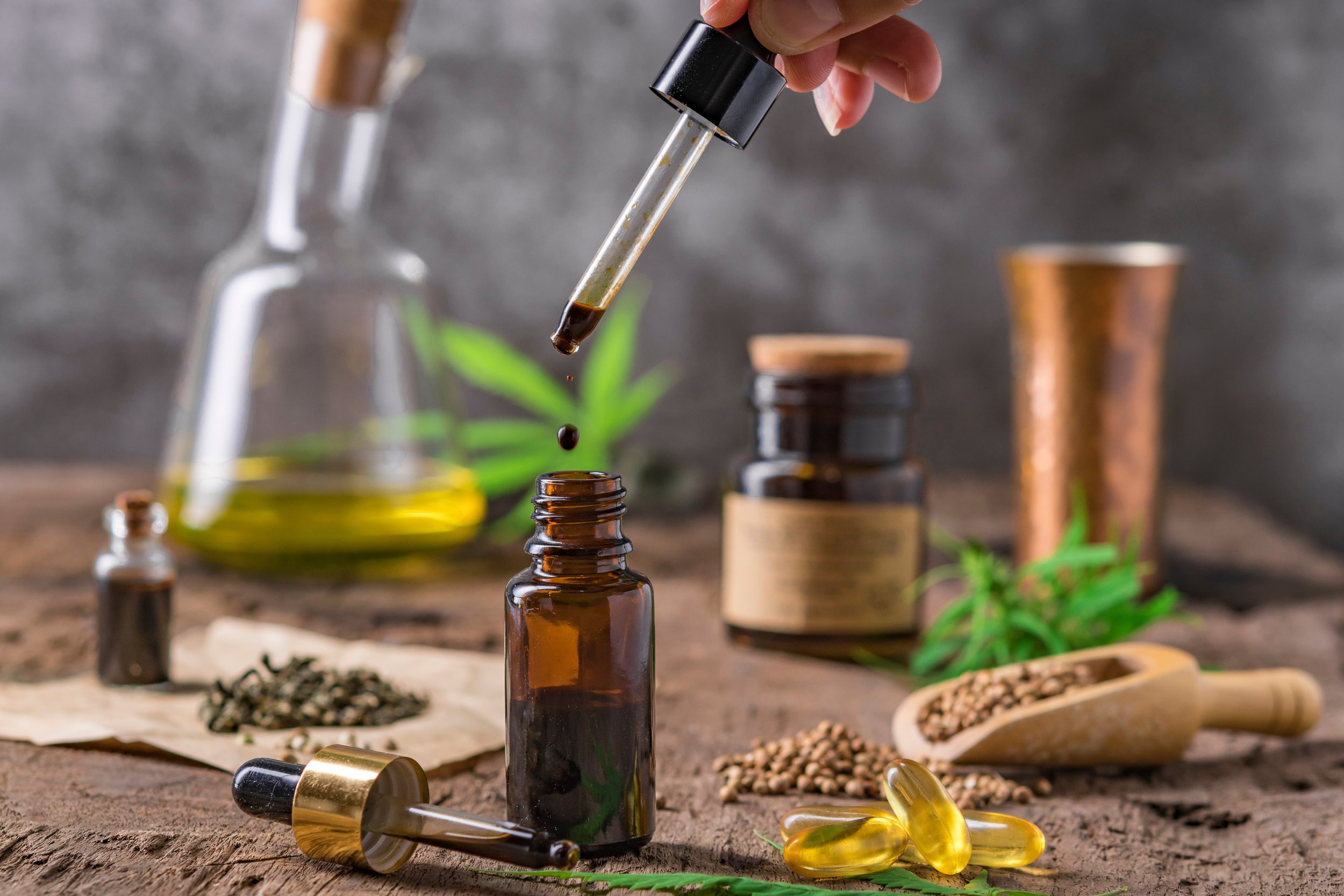
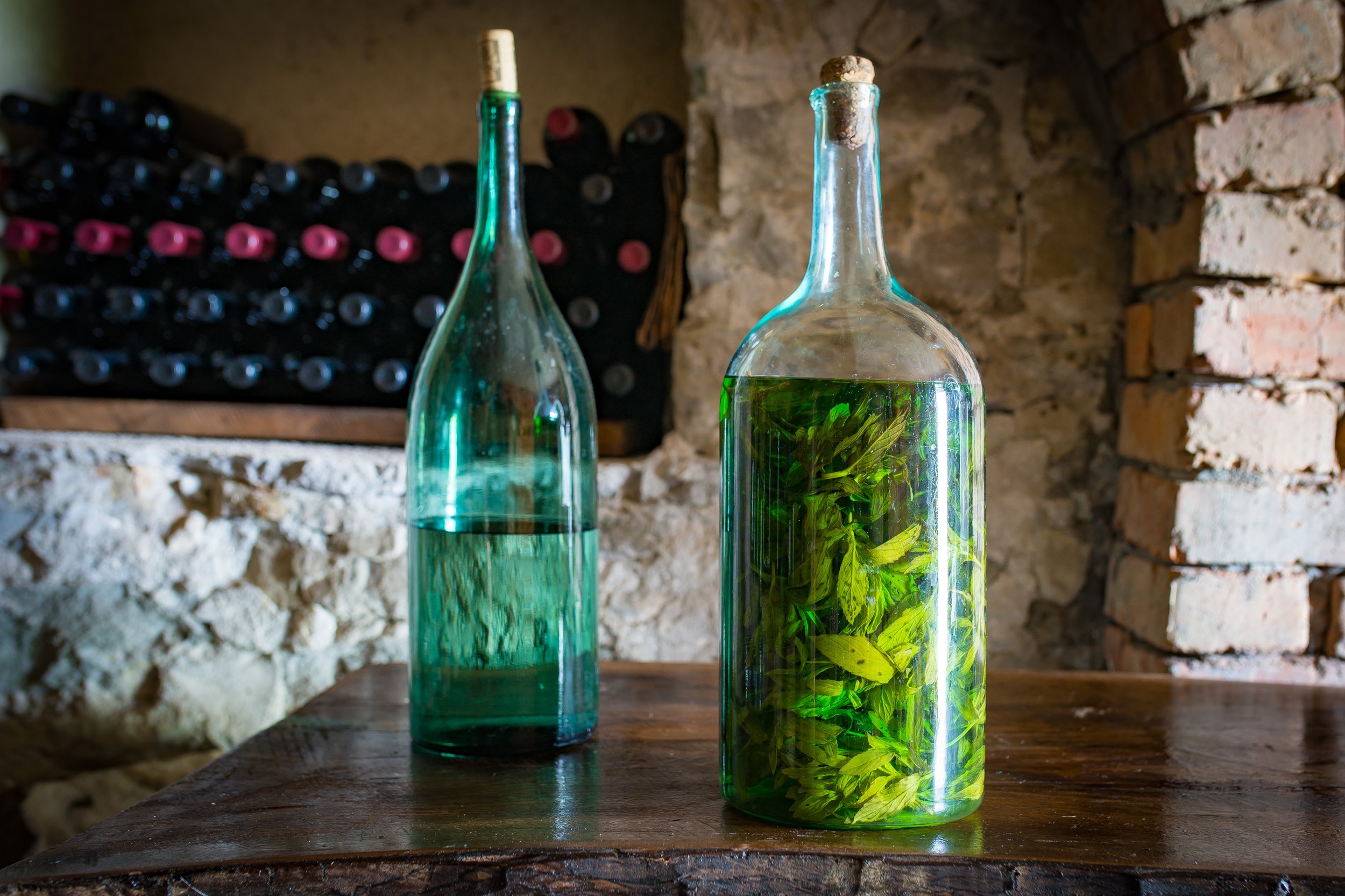









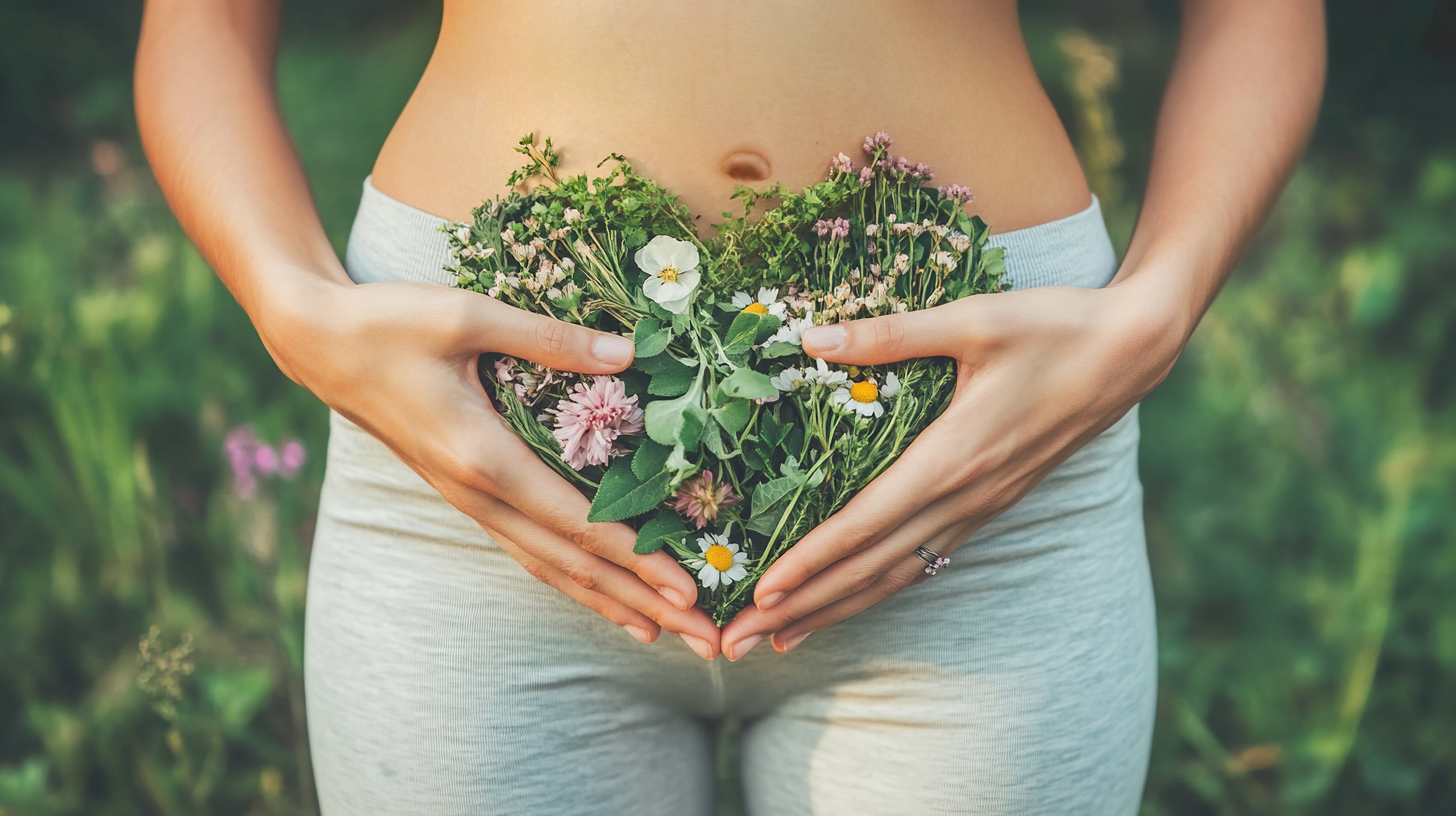
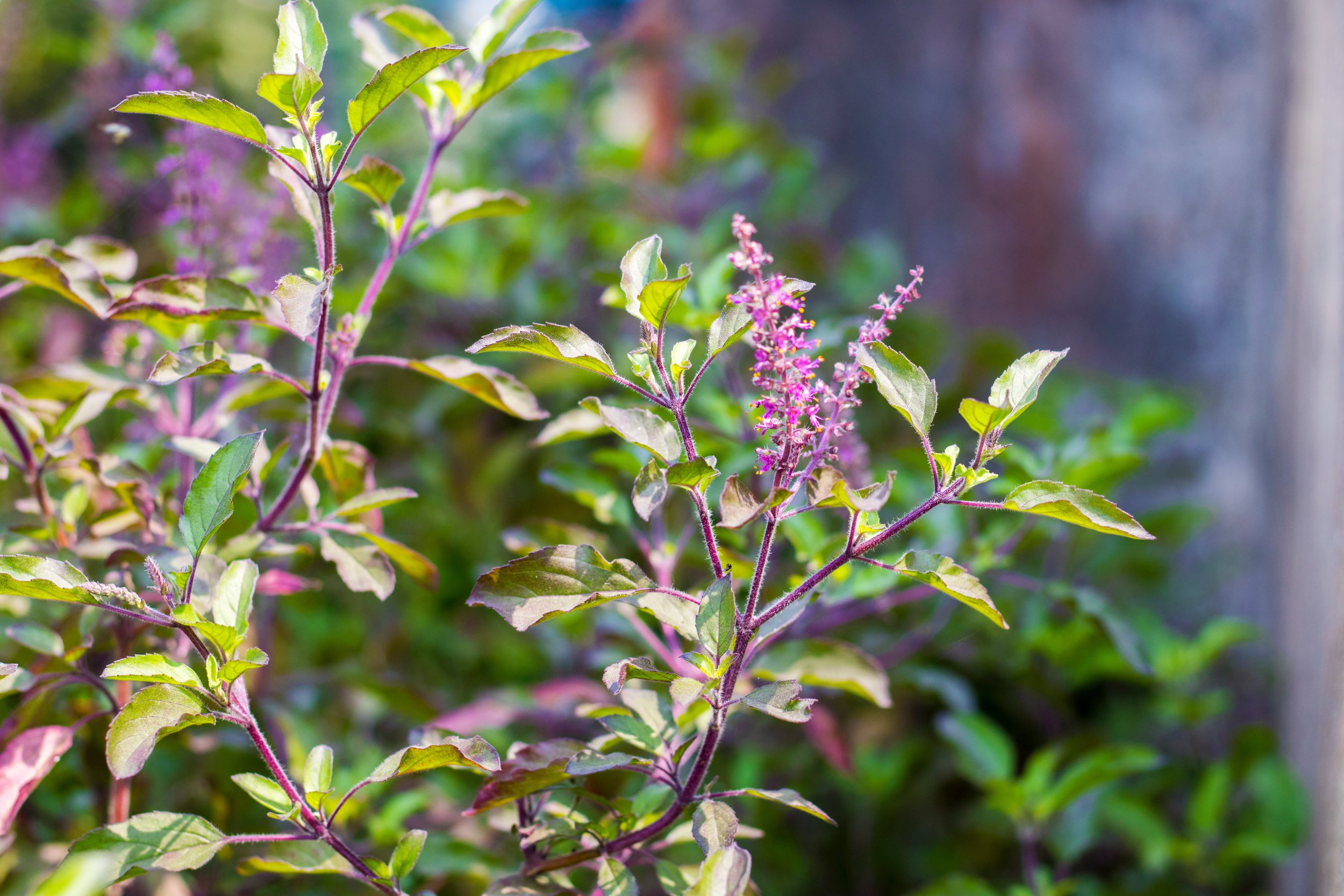


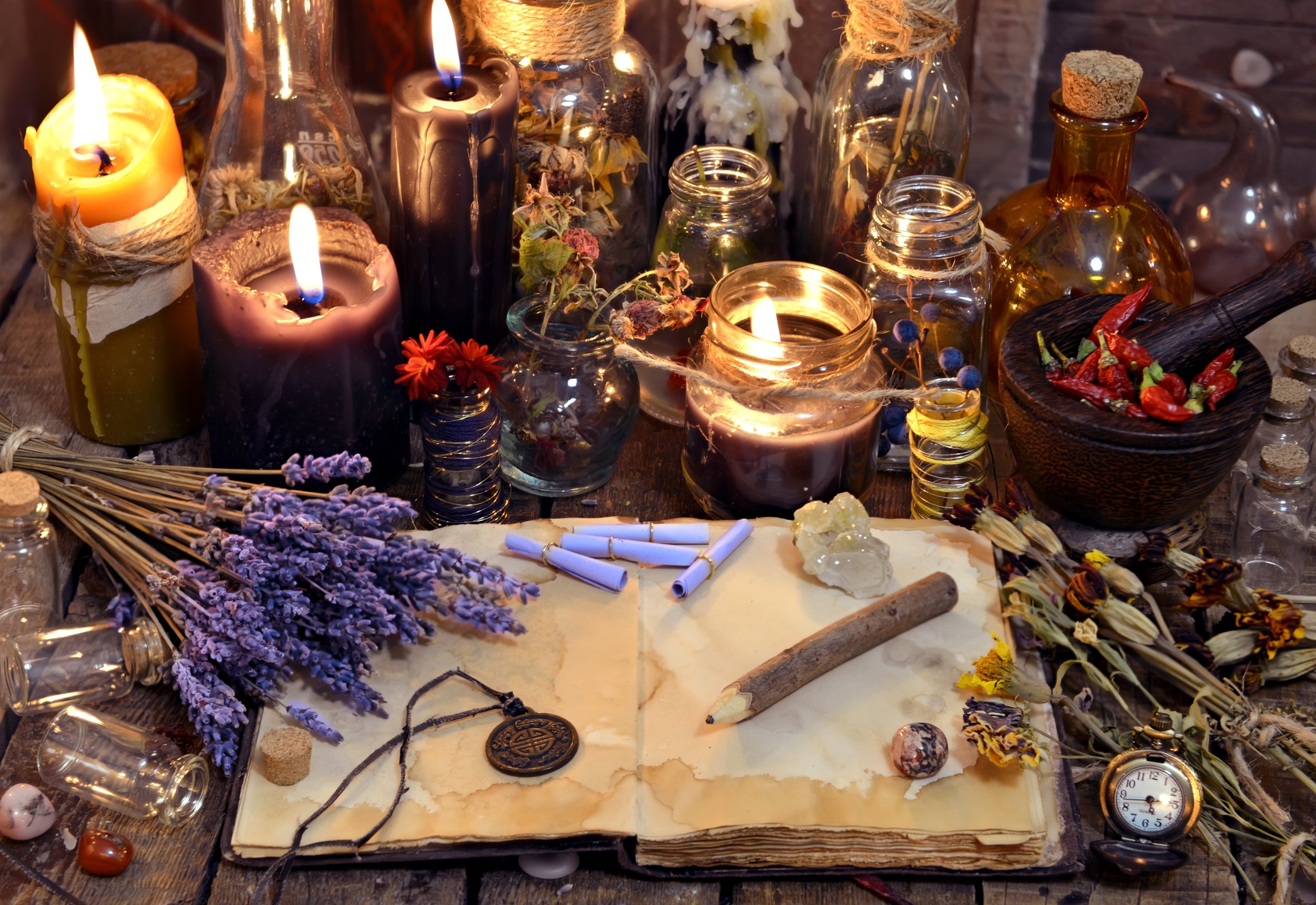


Hello and welcome! I'm Eve, a Chemist turned Herbalist, sharing the wonders of plant medicine and botanical skincare. Join me on this journey to Learn, Create, and Align your Divine!